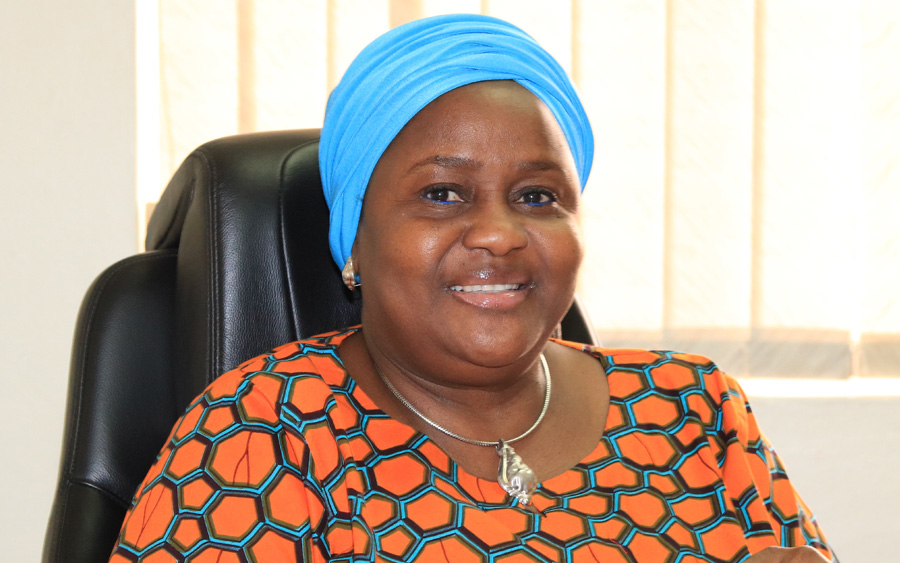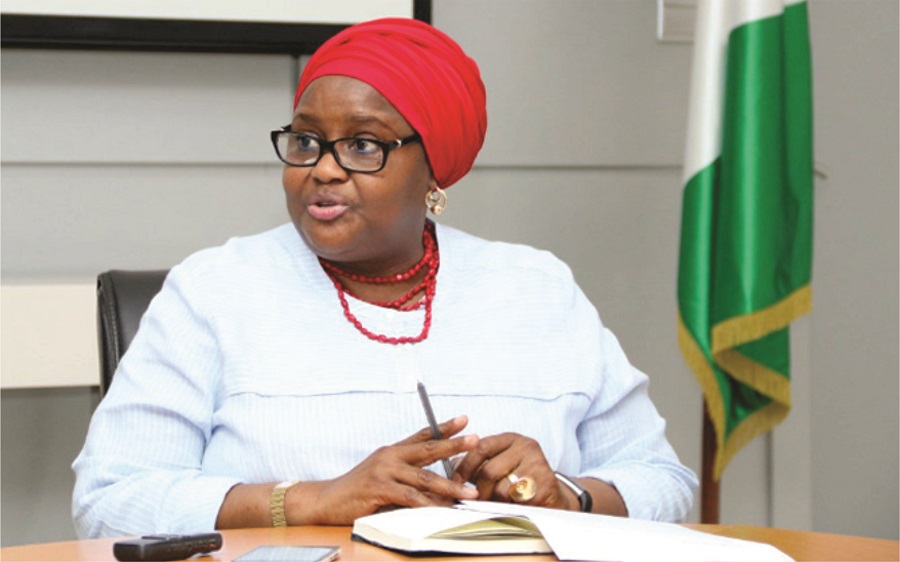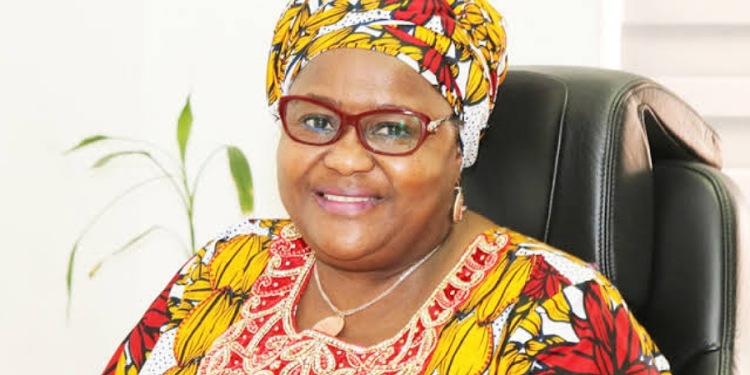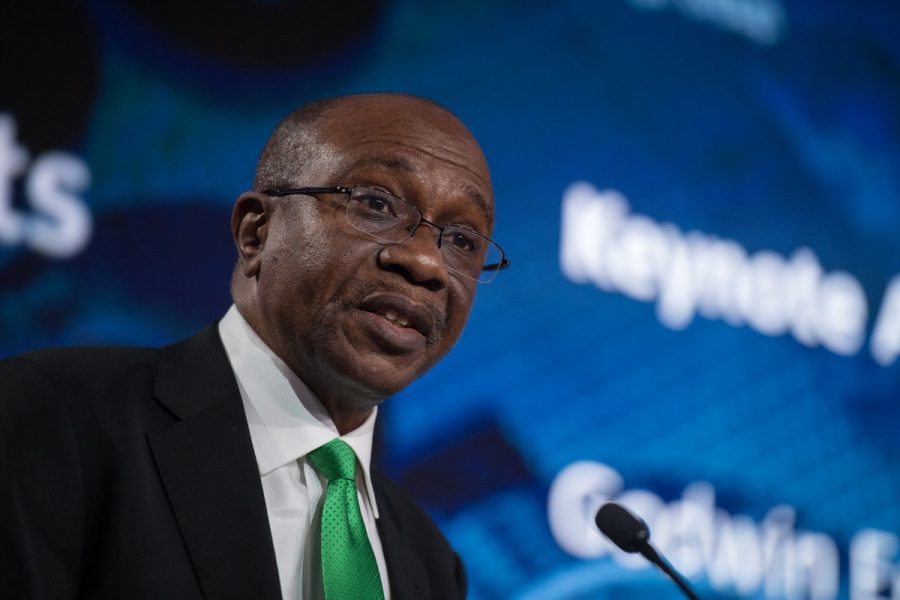The Pension Funds Administrators (PFAs) have recorded a profit of N1.69 trillion as return on investments made from investing workers’ pension contributions.
Reports obtained from the National Pension Commission have disclosed that the total assets under the scheme stood at N9.32 trillion as of the end of June 2019.
The assets include the total monthly contributions collected from both public and private firms into the workers’ Retirement Savings accounts, which amounted to N5.45 trillion.
[READ MORE: Nigerian engineer bags $500m monorail contract in Iraq]
Other components are the Approved Existing Scheme totalling N958.2 billion, and the Closed Pension Funds Accounts totalling N1.24 trillion as of the end of June.
A review of the total monthly contribution showed that N2.73 trillion or 50% of the contributions came from the public sector while the private sector contributed the remaining 49.91% or N2.72 trillion.
The total assets had continued to increase despite challenges experienced within the economy. Operators invested a substantial part of the pension funds in the Federal Government bonds, treasury bills and state governments’ securities.
Others were invested in agency bonds, supranational bonds, commercial papers, foreign money market securities, open/close-end funds, REITS, private equity funds, infrastructure funds, cash and other assets.

The acting Director-General, PenCom, Mrs. Aisha Dahir-Umar, explained that the formation of long-term domestic capital, which was in trillions of naira of pension assets, was slowly but surely changing Nigeria’s financial landscape.
“It was also transforming the course and pace of the country’s socio-economic development. About 73% of the total pension assets were invested in the Federal Government Securities issued to finance various activities of government.”
The President, Pension Funds Operators of Nigeria (PFAs), Mrs Aderonke Adedeji, noted that the issue of the role of pension funds in economic development had moved into the focus of public attention, particularly with regard to Nigeria’s growing need for long-term capital.
“For the first time, our country can now boast a long-term funding base and the impact to date has included the funding of the government projects, development of the capital market as well as increased foreign development inflows.”
After the enactment of the Pension Reform Act 2014, the commission amended the investment regulation to incorporate the new provisions in the PRA 2014 as well as aligned the regulation with market realities.
One of the major amendments was the introduction of the multi-fund structure for Retirement Savings Account funds.
The fund was divided into four parts to cater to the different age groups of contributors, including retirees under the CPS.
[READ ALSO: NMRC signs N3bn mortgage agreement with Kaduna govt]
‘Fund I’ was opened to young contributors, based on, choice (Contributors aged 50 and above were not allowed); Fund II was for young and middle-aged contributors (Ages 49 years and below); Fund III was for pre-retirees (contributors aged 50 years and above; but still in active employment), and Fund IV was for retirees (60 years and above).
Currently, the RSA Fund 1 has the least at N15 billion; RSA Fund II has the largest share of N4.12 trillion; Fund III has N2.25 trillion, while Fund IV has N751.73 billion.























